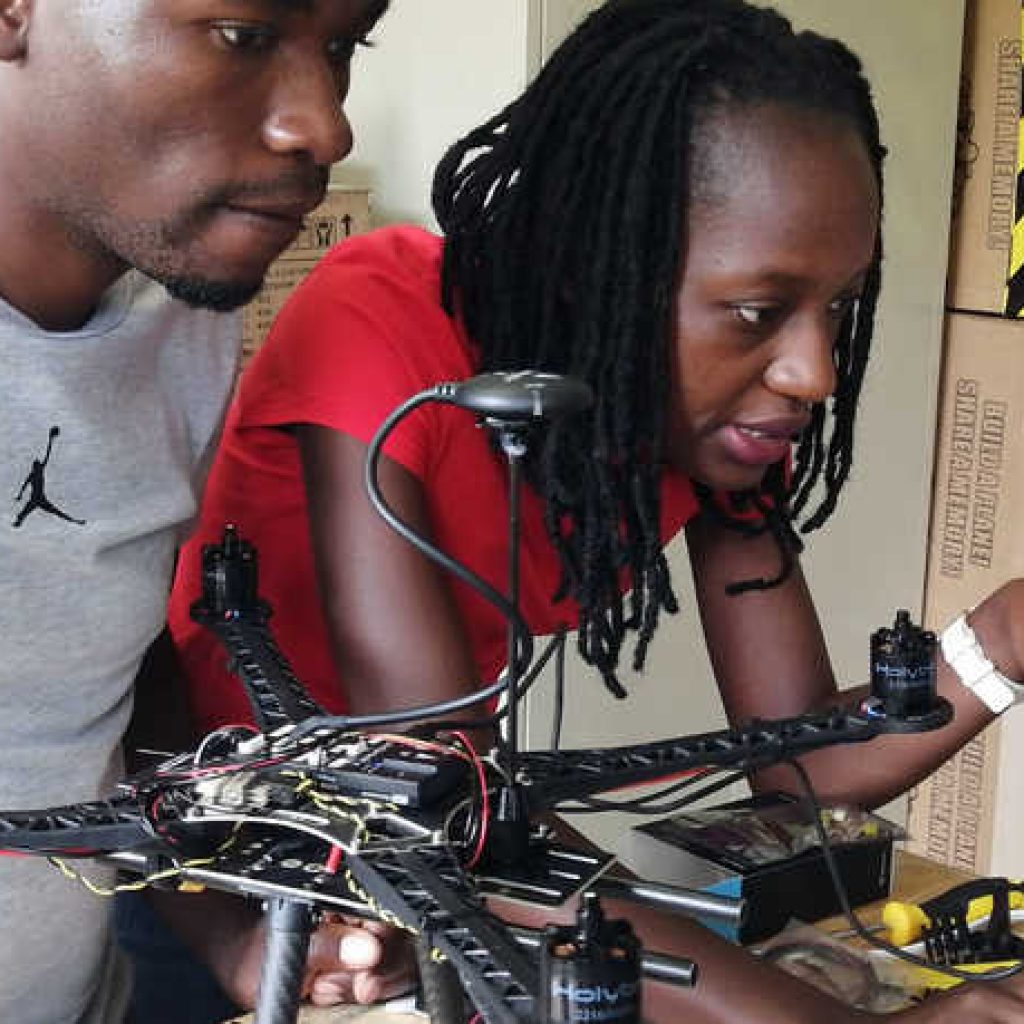
Avoid The Dirtiest Parts of an Airplane (or Clean Them)
The first way to help keep yourself healthy for your adventures is to make sure you come in contact with as few germs as possible. There are three main areas of a plane to try to avoid and minimize your contact with germs: the bathroom, tray tables and seatback pockets.
The bathroom is pretty simple. There is one bathroom for about every 50 passengers on a plane and that makes things dirty quite fast. That doesn’t mean you can’t use the bathroom (especially on long flights), but it does mean that you need to be more careful than maybe you were previously. To protect yourself, touch as little as possible in the bathroom. Put toilet paper on the seat before sitting down, don’t touch the walls, and, most importantly, wash your hands very thoroughly and try to avoid touching the door handle after doing so. You should try to avoid touching anything with your bare skin and use paper towels or toilet paper to act as a barrier.
Next are the tray tables. These can become particularly dirty over the course of a few flights and contain almost 10x the number of bacteria as the bathroom flush handle. This one is a bit easier and less cumbersome to fix than the bathroom. Simply avoid touching the tray table and also bring a few disinfectant wipes with you in a Ziploc baggy so you can wipe it down as you sit down. That won’t kill all the germs but it is a drastic improvement.
Finally, we arrive at seatback pockets. I was surprised to see these were so dirty, but further research made it very clear why. Seatback pockets are used for anything and everything on a plane. That also means that there are a lot of germy hands going into the seatback pocket and germs can survive for up to a week in that climate. This is probably the easiest solution of all: try not to touch the seatback pocket or anything in it. Or use hand sanitizer regularly!
Before The Flight
One of the things people forget is that your body is not functioning at maximum capacity when you travel. Whether it be lack of sleep due to an early flight or not having healthy food because the airport options are scarce, your body gets disrupted when you travel. That means your immune system is also going to be at least a little compromised. One way to combat that is to make sure you have a plan for your travel. Eating healthier before getting to the airport, changing sleep times and meal times to better match your destination, or packing wipes and hand sanitizer are all good ways to be prepared. Matching sleep times and meal times to your destination is key because it helps your body’s circadian rhythm more easily adjust to a new place. Disrupting your circadian rhythm can be harmful to your immune system so it is best to find a plan to minimize the disruption.
During the Flight
A lot of airlines are implementing social distancing on flights to help passengers feel safer. This is great news and makes it easier for passengers to stay healthy. Also, bring your mask with you when you travel. The mask can help reduce the transmission of diseases and be a piece of the puzzle that keeps you safe and healthy.
Travel is going to look different going forward and we need to be active participants in the process. Taking some of these precautions and being aware of the risks are keys to making sure you have a safe and healthy trip!
Hope to see you on safari soon!
Kevin & Dazzle Africa





About The Author: Kzimm
More posts by kzimm